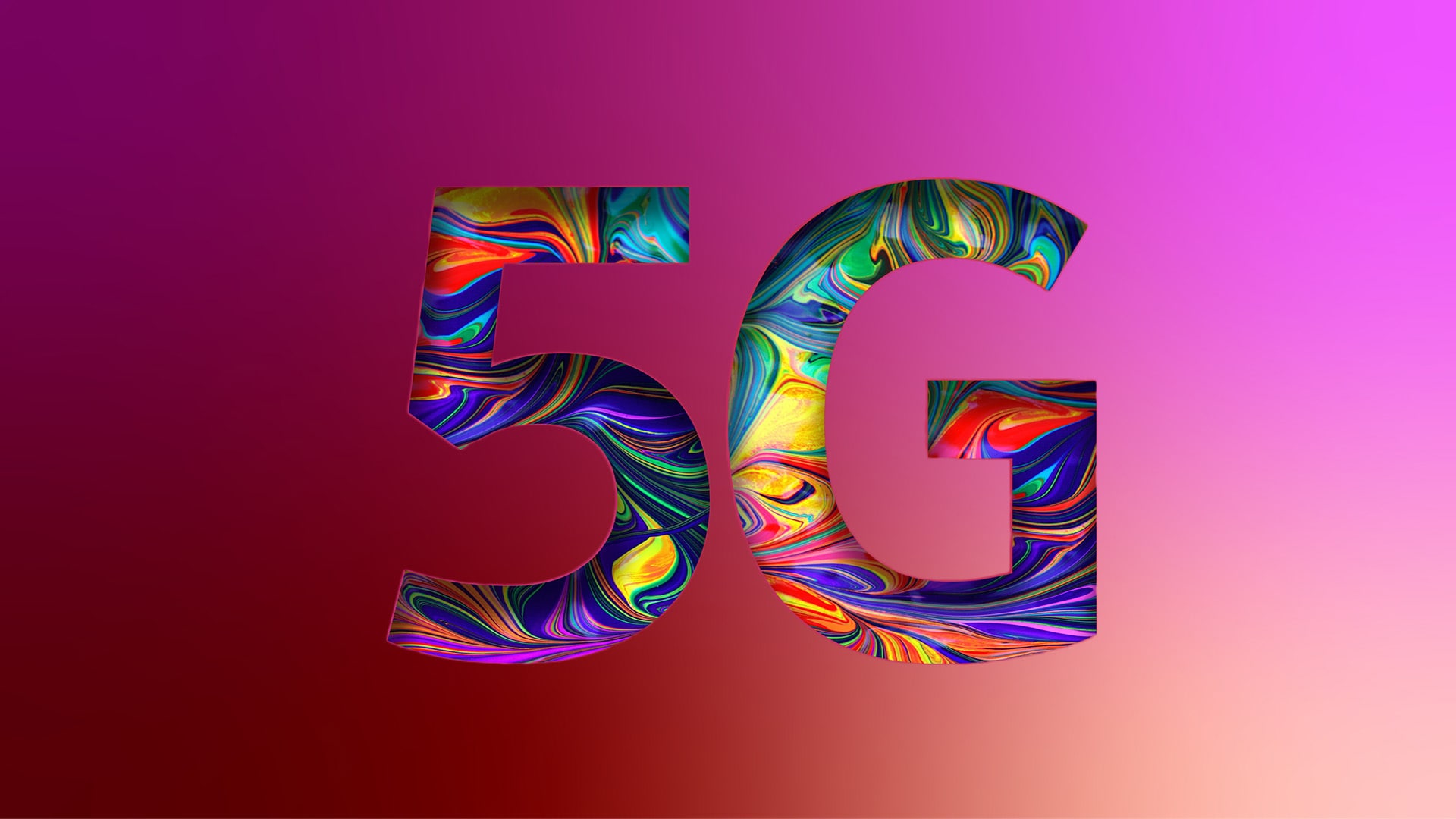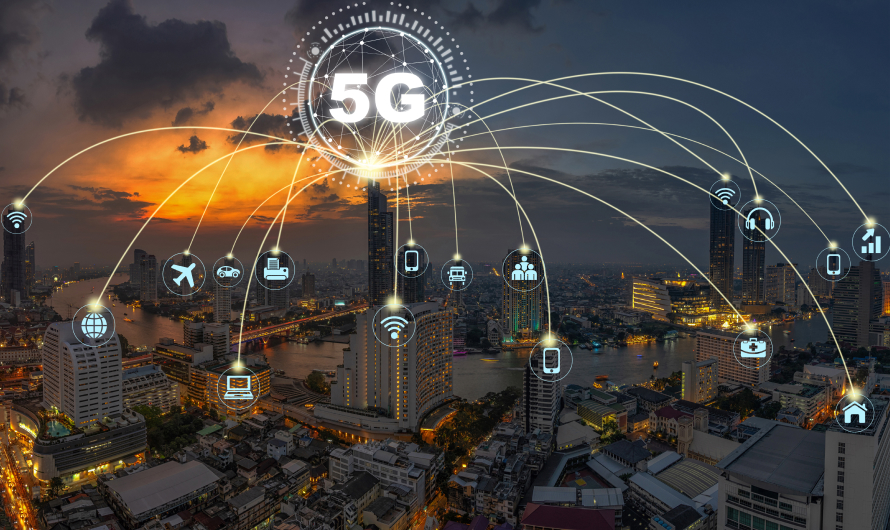Unleashing the Power of 5G Technology: Transforming Businesses and Mobile Communications

Introduction: 5G technology is poised to revolutionize the way we connect, communicate, and do business. In this comprehensive guide, we'll explore the benefits and challenges of 5G technology, its impact on businesses, and the future of mobile communications in the 5G era.
Understanding 5G Technology
What is 5G?: 5G stands for the fifth generation of wireless technology, offering significantly faster speeds, lower latency, and greater capacity compared to previous generations. 5G networks use advanced technologies such as millimeter-wave spectrum, massive MIMO (Multiple Input Multiple Output), and beamforming to deliver ultra-fast, reliable, and low-latency connectivity.
Key Features of 5G:
- Faster Speeds: 5G promises to deliver peak download speeds of up to 20 gigabits per second (Gbps), enabling users to download large files, stream high-definition video, and use bandwidth-intensive applications with ease.
- Lower Latency: 5G networks offer ultra-low latency, with response times as low as one millisecond (ms), enabling real-time communication and immersive experiences such as augmented reality (AR) and virtual reality (VR).
- Greater Capacity: 5G networks can support a larger number of connected devices simultaneously, making them ideal for IoT (Internet of Things) applications and smart city initiatives.
Benefits of 5G Technology

- Enhanced Mobile Broadband: 5G technology promises to deliver a seamless and immersive mobile broadband experience, enabling users to stream high-definition video, play online games, and download large files on the go without buffering or lag.
- IoT and Smart Devices: 5G networks provide the high-speed, low-latency connectivity needed to support the proliferation of IoT devices and smart devices in homes, businesses, and cities. From smart appliances and wearable devices to autonomous vehicles and industrial sensors, 5G technology unlocks new possibilities for connectivity and innovation.
- Industry 4.0: 5G technology is driving the digitization of industries and enabling the transition to Industry 4.0. With its high-speed, low-latency connectivity, 5G facilitates the adoption of advanced technologies such as AI (Artificial Intelligence), machine learning, robotics, and automation, optimizing processes, increasing efficiency, and unlocking new business opportunities.
- Edge Computing: 5G networks support edge computing, a distributed computing paradigm that brings data processing closer to the point of data generation. By processing data locally at the edge of the network, 5G enables real-time analysis and decision-making, reducing latency and improving the performance of latency-sensitive applications.
Challenges of 5G Technology

- Infrastructure Deployment: Deploying 5G infrastructure requires significant investment in new equipment, including base stations, antennas, and fiber-optic cables. Building out 5G networks also requires regulatory approvals, permits, and coordination with local authorities, which can delay deployment and increase costs.
- Spectrum Allocation: 5G networks require access to large blocks of spectrum to deliver high-speed, low-latency connectivity. However, spectrum allocation is limited, and competition for spectrum among telecommunications companies, government agencies, and other stakeholders can lead to delays and inefficiencies in deploying 5G networks.
- Security and Privacy: As 5G networks connect more devices and handle larger volumes of data, security and privacy concerns become increasingly important. 5G networks are susceptible to cyberattacks, data breaches, and privacy violations, requiring robust security measures and protocols to protect against threats and vulnerabilities.
- Digital Divide: The rollout of 5G networks may exacerbate existing disparities in access to high-speed internet and digital technologies, widening the digital divide between urban and rural areas, developed and developing countries, and socioeconomic groups. Bridging the digital divide requires investment in infrastructure, policies to promote equitable access, and initiatives to improve digital literacy and skills.
Impact of 5G on Businesses

- Innovative Products and Services: 5G technology enables businesses to develop innovative products and services that leverage high-speed, low-latency connectivity. From AR and VR applications to IoT devices and autonomous systems, businesses can harness the power of 5G to create immersive experiences, optimize processes, and drive digital transformation.
- Improved Efficiency and Productivity: 5G networks support real-time collaboration, remote work, and mobile productivity tools, enabling employees to work more efficiently and effectively from anywhere. With 5G connectivity, businesses can streamline operations, reduce costs, and increase productivity, gaining a competitive edge in the market.
- New Revenue Streams: 5G technology opens up new revenue streams for businesses through the monetization of data, services, and experiences. By leveraging 5G-enabled technologies such as AI, IoT, and edge computing, businesses can create personalized offerings, deliver value-added services, and capture new market opportunities.
- Enhanced Customer Experience: 5G technology enables businesses to deliver rich, immersive, and personalized experiences to customers, driving engagement, loyalty, and satisfaction. Whether through augmented reality shopping experiences, interactive mobile apps, or virtual customer service agents, businesses can leverage 5G to create memorable experiences that delight customers and differentiate their brand.
Future of Mobile Communications with 5G

- Beyond Smartphones: While smartphones will continue to play a central role in mobile communications, 5G technology extends far beyond smartphones to encompass a wide range of devices and applications, including IoT devices, wearables, smart home appliances, autonomous vehicles, and industrial sensors.
- Network Slicing: 5G networks support network slicing, a technology that allows operators to partition a single physical network into multiple virtual networks, each tailored to specific use cases or applications. Network slicing enables operators to optimize network resources, prioritize traffic, and provide customized services to different user groups.
- 5G Standalone (SA) Networks: As 5G technology evolves, standalone (SA) networks will become increasingly prevalent, offering end-to-end 5G connectivity without reliance on existing 4G infrastructure. 5G SA networks enable operators to fully leverage the capabilities of 5G technology, including ultra-reliable low-latency communication (URLLC) and network slicing.
- 5G and Beyond: Looking ahead, the evolution of 5G technology will continue to drive innovation and transformation in mobile communications. From advances in network architecture and spectrum utilization to the development of new applications and services, 5G will shape the future of mobile communications and pave the way for the next generation of wireless technology.
Conclusion: Embracing the 5G Revolution
5G technology represents a paradigm shift in mobile communications, offering unprecedented speed, reliability, and capacity to support a wide range of applications and services. By harnessing the power of 5G, businesses can drive digital transformation, enhance productivity, and create immersive experiences that delight customers and drive growth. As we embrace the 5G revolution, we stand on the cusp of a new era of connectivity, innovation, and opportunity, shaping the future of mobile communications for generations to come.





